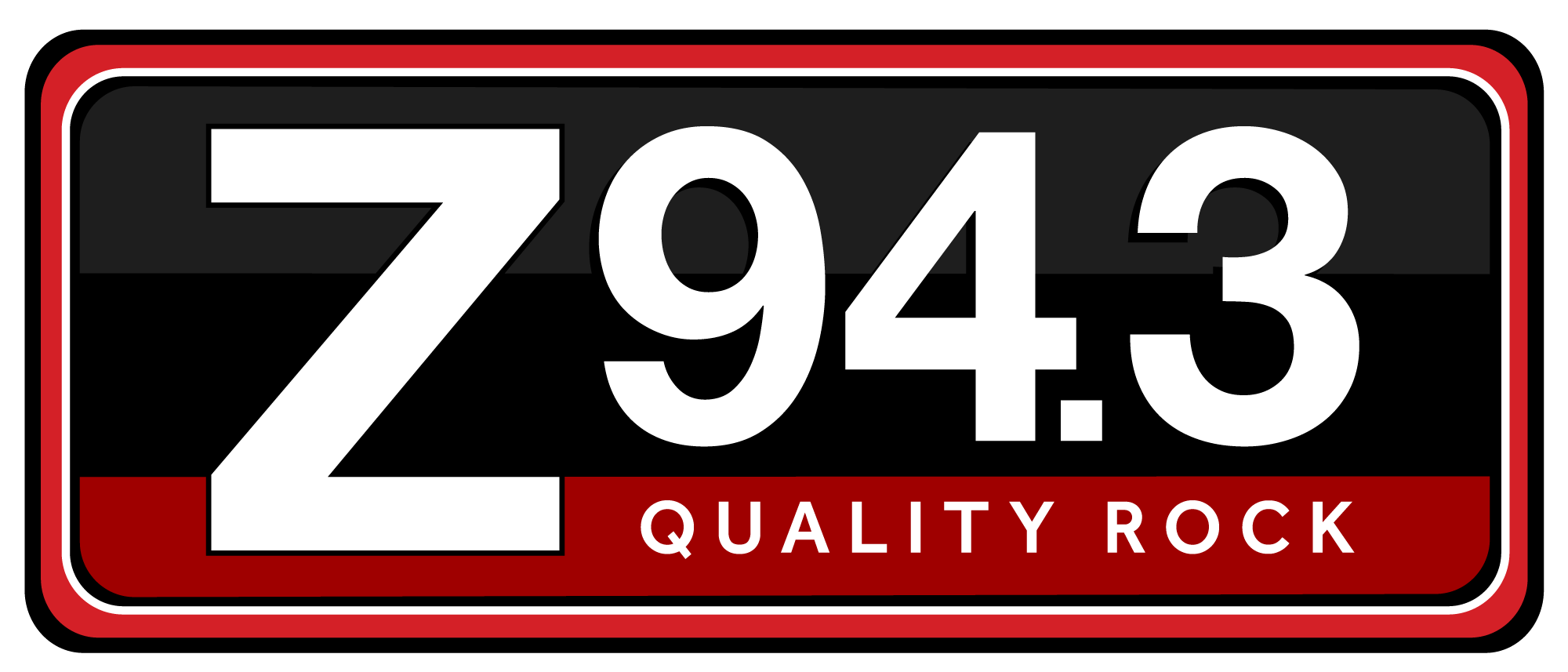Founded as The Primettes in Detroit, Michigan, in 1959, the Supremes were the most commercially successful of Motown’s acts and are, to date, America’s most successful vocal group with 12 number one singles on the Billboard Hot 100. At their peak in the mid-1960s, the Supremes rivaled the Beatles in worldwide popularity, and it is said by critics that their success made it possible for future African American R&B and soul musicians to find mainstream success.
Florence Ballard, Mary Wilson, Diana Ross, and Betty McGlown, the original group, are all from the Brewster-Douglass public housing project in Detroit. They formed the Primettes as the sister act to the Primes (with Paul Williams and Eddie Kendricks, who went on to form the Temptations). Barbara Martin replaced McGlown in 1960, and the group signed with Motown the following year as the Supremes. Martin left the act in early 1962, and Ross, Ballard, and Wilson carried on as a trio.
When The Supremes formed, the members took turns singing lead. In 1962, Motown president Berry Gordy made Diana Ross the sole lead singer.
As Ross took the lead, The Supremes achieved mainstream success in the mid-60s. In 1967, Motown president Berry Gordy renamed the group Diana Ross & the Supremes, and replaced Ballard with Cindy Birdsong. Diana Ross eventually left to pursue a solo career in 1970, so the group’s name reverted to The Supremes. During the mid-1970s, the lineup changed again leaving only Mary Wilson left of the original members. The Supremes disbanded in 1977.
If some of this story seems familiar, it’s because in December of 1981, the musical Dreamgirls, loosely based on the history of the Supremes, opened at the Imperial Theatre on Broadway and ran for 1522 performances, and in 2006, it was adapted into a movie starring American Idol sensation, Jennifer Hudson.
Portions of this profile were attributed to Wikipedia.org’s Supremes entry.
See omnystudio.com/listener for privacy information.



